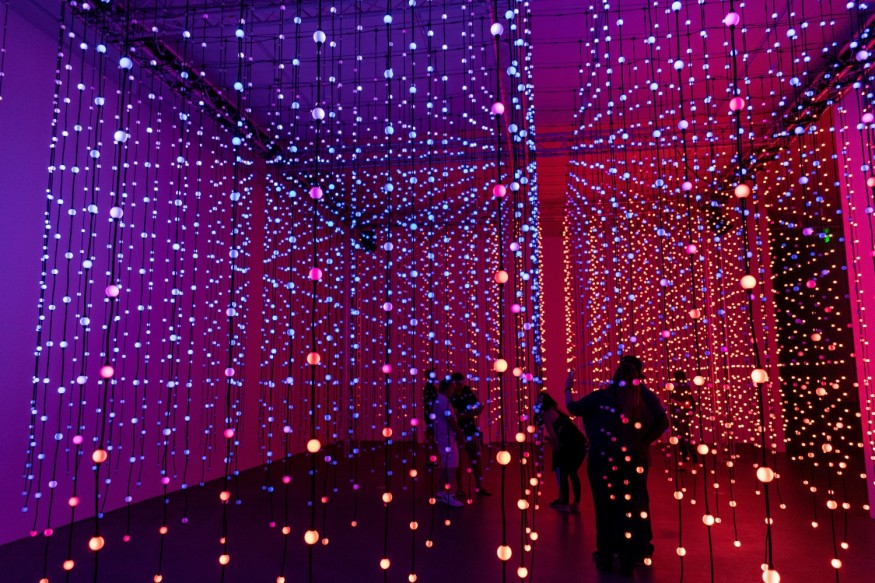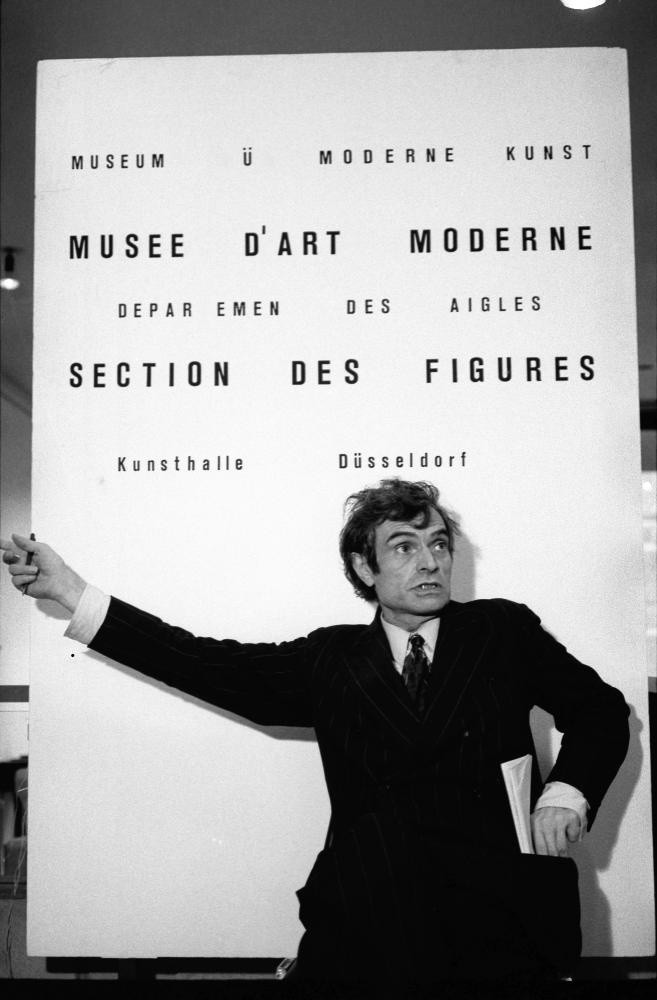Top 10 Installation Artists Who Are Shaping Modern Art Through Immersive Experiences

In the dynamic world of contemporary art, installation artists have revolutionized artistic expression by transforming spaces into immersive experiences. Defined by the arrangement of objects within a specific environment, installation art engages viewers on multiple sensory levels, blurring the lines between observer and participant. Here are ten installation artists whose groundbreaking works you must know.
Ai Weiwei
Ai Weiwei challenges societal norms through provocative installations that address human rights and social justice issues. His piece "Remembering," composed of 9,000 children's backpacks in response to the 2008 Sichuan earthquake, starkly critiques government corruption. "Sunflower Seeds," another iconic work, features 100 million porcelain seeds handcrafted by 1,600 artisans, symbolizing mass production and individualism. His installations often provoke thought and debate, highlighting the disparity between societal ideals and harsh realities.
Christo
Christo and his wife Jeanne-Claude are famous for monumental installations that reimagine landscapes and urban environments. Their projects, such as "The Gates" in New York City's Central Park and "Floating Piers" on Italy's Lake Iseo, involve large-scale fabric installations that transform the viewer's interaction with space. Christo's works are celebrated for their visual impact and the unique experiences they create, challenging traditional notions of art's role in public spaces.
Damien Hirst
Damien Hirst, one of the most controversial figures in contemporary art, is known for exploring death and existence. His work "A Thousand Years," featuring a cow's head being consumed by flies, and "The Physical Impossibility of Death in the Mind of Someone Living," a shark preserved in formaldehyde, confronts viewers with the reality of mortality. Hirst's installations provoke strong reactions, making him a central figure in the dialogue about art and life.
Doris Salcedo
Doris Salcedo's installations delve into political and social trauma, using everyday objects to evoke powerful memories. Her piece "Noviembre 6 y 7," commemorating the 1985 Palace of Justice siege in Bogotá, involved wooden chairs descending from the façade of the new Palace of Justice, symbolizing the lives lost. Salcedo's work transforms galleries into spaces of reflection, urging viewers to confront historical and contemporary injustices.
Marcel Broodthaers

Marcel Broodthaers is regarded as a pioneer of installation art. He is known for his innovative use of unconventional materials like eggshells and mussels. His works often incorporate humor and literary references, creating immersive environments that challenge traditional art forms. Broodthaers' practice, which included large-scale displays integrating his past works, laid the foundation for the evolution of installation art.
Judy Chicago
Judy Chicago is a trailblazer in feminist art, best known for her installation "The Dinner Party." This work, featuring 39 elaborate place settings representing notable women throughout history, addresses women's underrepresentation in art and history. Chicago's use of traditionally "feminine" arts such as needlework and ceramics redefines these mediums as powerful tools for feminist expression.
Kara Walker
Kara Walker's installations use silhouette cut-outs to explore the racial history of the American South. Her work "A Subtlety," a massive sugar-coated sphinx, addressed the exploitation of African Americans in the sugar industry. Walker's installations compel viewers to confront uncomfortable truths about race and history, using stark, minimalist imagery to evoke deep emotional responses.
Olafur Eliasson
Olafur Eliasson creates installations that transform spaces using natural elements like light and water. His "Weather Project," which filled Tate Modern's Turbine Hall with an artificial sun and mist, invited visitors to bask in its glow, prompting reflections on nature and humanity. Eliasson's works often address environmental issues, urging viewers to consider their relationship with the planet.
Yayoi Kusama
Yayoi Kusama's installations are known for their immersive and sensory-rich environments. Her "Infinity Mirror Rooms," filled with mirrored walls and LED lights, create the illusion of endless space. Kusama's work often explores themes of infinity and the self, inviting viewers to lose themselves in the dazzling, repetitive patterns. Her use of polka dots and mirrored surfaces creates a unique and captivating visual experience.
teamLab
teamLab is a collaborative group of artists and technologists who create immersive digital environments. Their installations, such as "Borderless" in Tokyo, use projections, sound, and interactive technology to create dynamic, ever-changing spaces. teamLab's work blurs the boundaries between art and technology, offering viewers a futuristic and deeply engaging experience that redefines the possibilities of art.
These ten installation artists exemplify contemporary art's diverse and innovative approaches, pushing boundaries and inviting audiences to engage with art in new, profound ways. Whether addressing social issues, exploring personal narratives, or redefining artistic mediums, their contributions continue shaping the landscape of modern artistry.
Related Article : 10 Women Surrealists Who Redefined Creativity, Art and Reality












